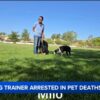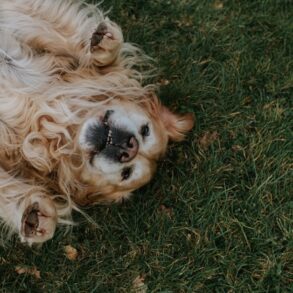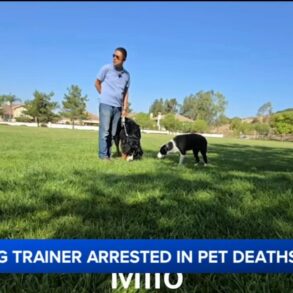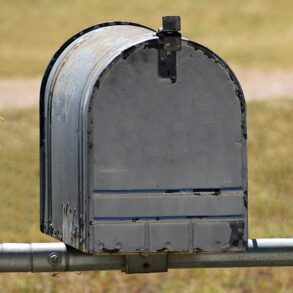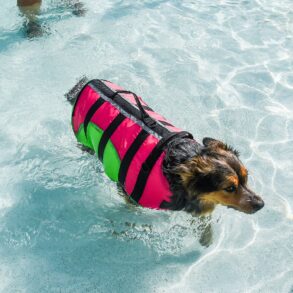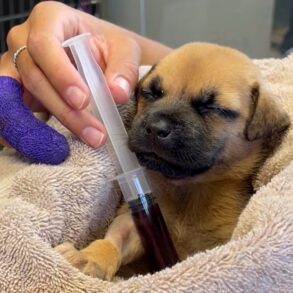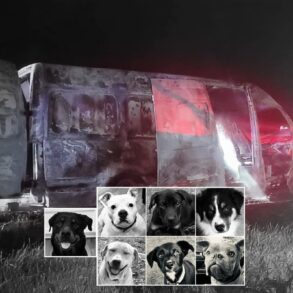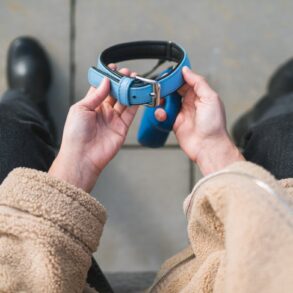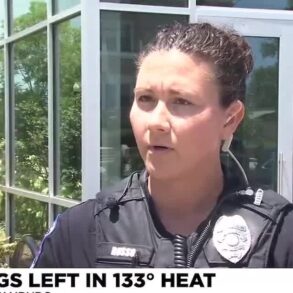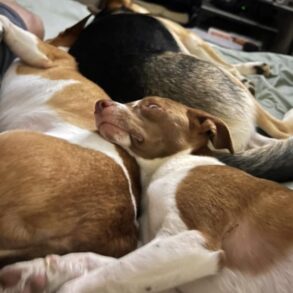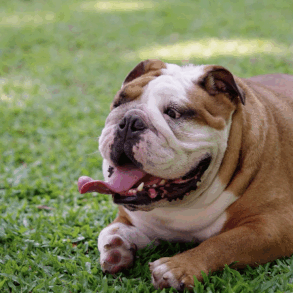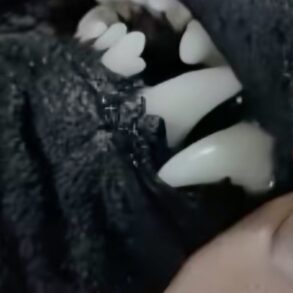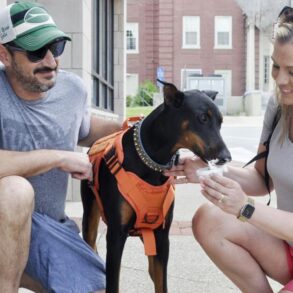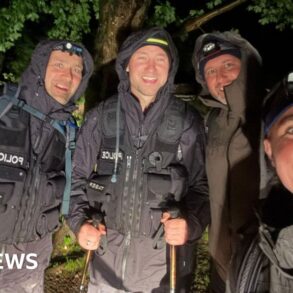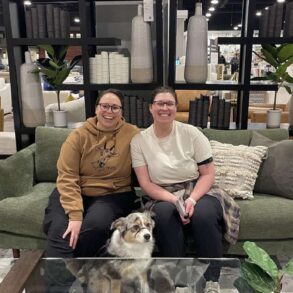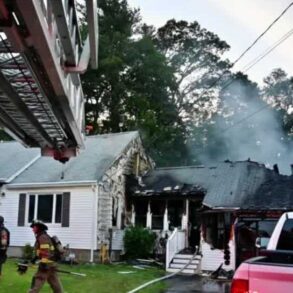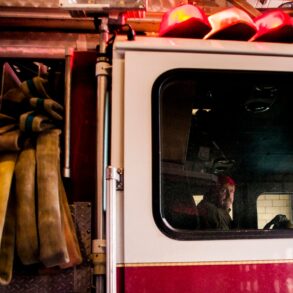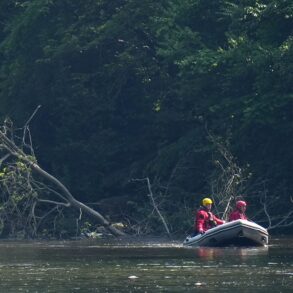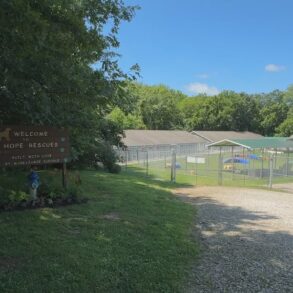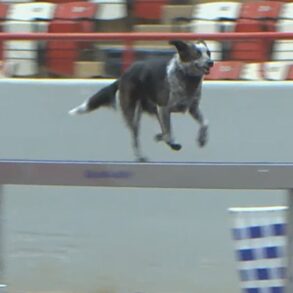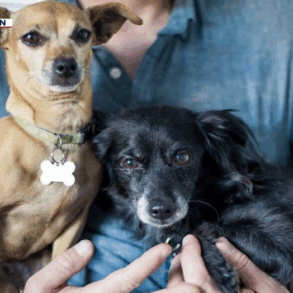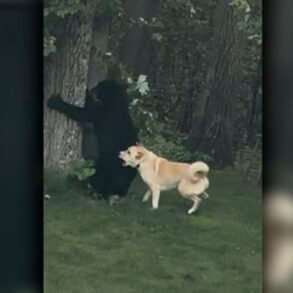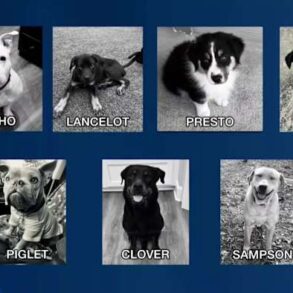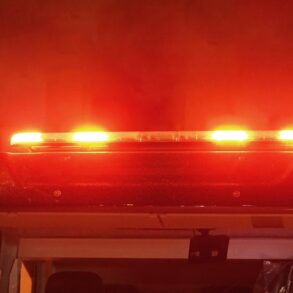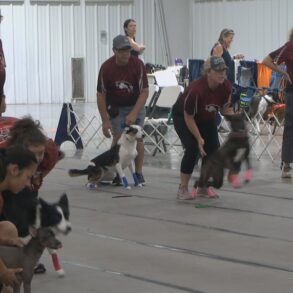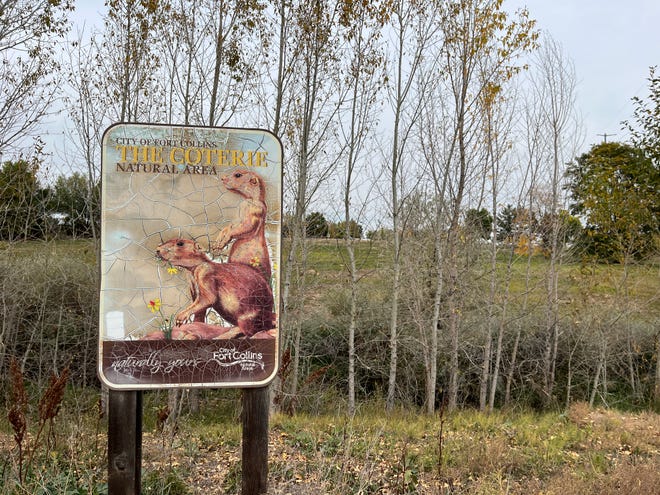
The city of Fort Collins plans to reduce a prairie dog colony that has outgrown its home on a city natural area this fall.
The colony in and around The Coterie Natural Area near Timberline and Prospect roads has more than 1,300 burrows, and an internal city memo says they are now encroaching on an electric substation, utilities infrastructure, restoration sites, recreation areas and trees.
Most of the prairie dogs will be removed. Lethal methods will be used to remove prairie dogs outside of the natural area, while trapping and relocation will also be used to thin the remaining population inside The Coterie.
The city acquired the area in 2000 in order to protect the prairie dogs, according to its website. A coterie is a family group of prairie dogs, and that’s where the natural area gets its name.
The city’s Natural Areas Department supports 650 acres of prairie dog colonies, according to the memo. It also conducts lethal removal operations on 200 acres annually.
But past public outcry about killing prairie dogs has caused the city to postpone prairie dog management at some sites across the city and instead focus on more sensitive ecological sites, Matt Parker, ecological stewardship manager in the city’s Natural Areas Department, wrote in the memo to City Council.
But now the impacts around The Coterie are so significant that it can’t be put off longer.
The delays have resulted in a “backlog of necessary work, increased future expenses, and greater long-termvegetation impacts,” Parker wrote.
A map shows a sea of yellow dots, each one representing a burrow, stretching south and west from the intersection of Prospect and Timberline and encircling Platte River Power Authority’s Timberline Substation, including some burrows apparently breaching the station’s stone fence.

Photos also show burrows throughout the city disc golf course, under trees, and next to utility and natural gas infrastructure.
The prairie dogs have used drainage tubing in the substation fencing as a burrow, according to the memo.
“Threats to public safety include the potential for prairie dogs to enter the substation and damage electrical infrastructure leading to power outages, as well as the potential for disc golf players to injure themselves stepping into unseen prairie dog burrows,” the memo says. “Significant current impacts include damage to well-established shade trees, damage to establishing road-side streetscape trees, undermining of concrete at sidewalks, disc golf pads, and burrows potentially undermining natural gas facilities.”

Removal will happen in late October and November, Parker told the Coloradoan. Signs will be placed on site to alert visitors in the area.
The city plans to use carbon monoxide to kill any prairie dogs living outside the natural area. Parker said lethal management is the most humane method because it causes “far less stress than other options such as relocation.”
He said the scientific literature suggests a relocation survival rate of 25% to 50%.
Also, trapping and relocation costs three to five times as much as lethal management.
Still, some of the animals on the natural area site will be trapped and donated to the U.S. Fish and Wildlife Service’s Black-footed Ferret Recovery Program.
Trapping makes more sense for colonies that are exceptionally dense, as they are at The Coterie, Parker wrote, while lethal management is better for burrows situated on properties managed by other city departments that are also less dense.

The changing weather this time of year creates extra challenges.
“As temperatures decrease it is important to ensure humane treatment of trapped animals,” Parker said in an email to the Coloradoan.
The city will seek input from the Prairie Dog Coalition, according to the memo. That collaborative is a conservation group focused on protecting prairie dogs and promoting conservation plans for their ecosystem. It also advocates for nonlethal management.
The city will also contact property owners to the east of the site to coordinate management of a parcel there.
It’s estimated it will cost $33,000 to reduce the colony, the memo says, adding that using trapping and relocation exclusively would raise the costs to over $100,000.
Long-term, prairie dog boundaries will be limited, and when the colony extends beyond it, Natural Areas staff will remove animals using lethal means, according to the memo.
Parker said exceedingly dry conditions across the Front Range this spring and summer means many colonies have expanded their footprint in search of additional food.
“This often correlates to increased need for management in areas across the region,” he said.
This post was originally published on this site be sure to check out more of their content.



